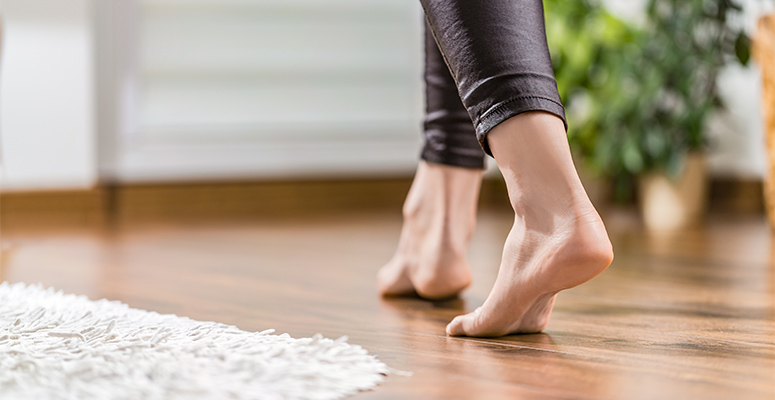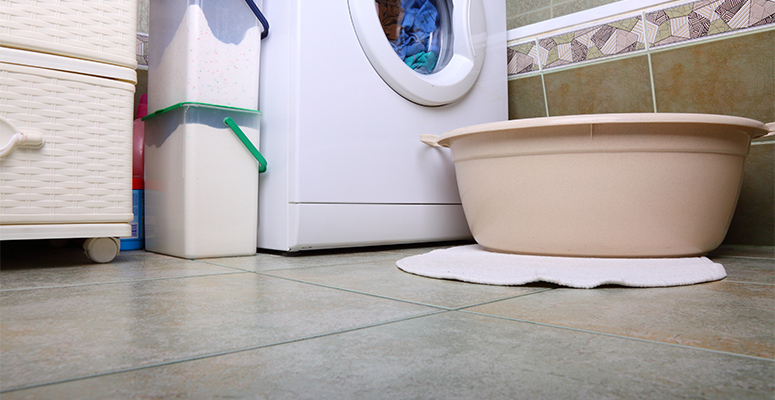
Trying to find a durable flooring product able to withstand the rigorous demands of a busy household leaves many homeowners frustrated, overwhelmed, and bewildered. Everyone wants the best of things, but if your taste in flooring and your financial realities don’t coincide with one another, you may have to adjust your strategy.
Developing realistic expectations about what you can live with and what you can’t live without is a good starting point when buying flooring, but before you commit to a purchase, there are a few other things you need to consider, such as:
- Ease of maintenance
- The number of people in your home
- How your new flooring will perform under day-to-day foot traffic
- How long you plan to stay in your current domicile
The best flooring option for a two-person household may not be the best choice for a family of six that shares their home with four dogs, three cats, and a giant iguana named Godzilla. Taking your lifestyle into account before you buy flooring could make the difference between loving your floors for the next five years or the next fifty years.

Hard Surface versus Wall-to-Wall Carpeting
Laminate, hardwood, and ceramic tile are beautiful but unforgiving to the touch. If you have little ones who are still in the toddling stages and you’re concerned that your children may hurt themselves if they wipeout (as all toddlers inevitably do), you may be better off going with carpet. If your toddler happens to take a tumble, wall-to-wall carpet is far more forgiving than ceramic tile. Of all the flooring products on the market, carpet is the most cost-effective (and softest) option available.
Hardwoods versus Laminate
Solid hardwood can last for generations if it is properly cared for and maintained, but the initial costs can be a bit of a shock to the system. Laminate is a cost-efficient flooring option for homeowners that want the look of hardwood without the hardwood price tag, but laminate flooring will not last for the next sixty or seventy years the way that hardwood will.
Luxury Vinyl Plank versus Cork
Cork flooring is attractive, softer than hardwood, and an excellent insulator, but it does not perform well in busy households. High-heeled shoes, pets’ nails, and heavy furniture may cause permanent damage to cork flooring. Also, cork’s susceptibility to moisture, UV rays, stains, and the chemicals found in household cleaning products make cork a difficult material to maintain in the long-term. If you live alone and you don’t eat, drink, own pets, or wear shoes, cork flooring might work in your home.
Some of the newer luxury vinyl products on the market are waterproof, dimensionally stable, dent resistant, and they look almost identical to the natural materials they mimic. LVP’s durability and ability to resist moisture—even when installed below grade—make it the most versatile flooring product on the market, which explains why luxury vinyl flooring is the fastest growing segment of the flooring industry.

Dollar for dollar, hardwood flooring offers the best long-term return on investment. LVP provides exceptional durability in areas where moisture or grade-level are concerns. Laminate is a sensible choice for homeowners seeking a budget-friendly alternative to solid hardwood. Carpet manufacturers produce a veritable kaleidoscope of styles, colors, and textures to choose from, which makes redecorating simpler.
Ultimately, every product will have its own unique set of advantages and disadvantages, so the best way to select a new flooring product for your home is to base your decision on the way you and your family live.



